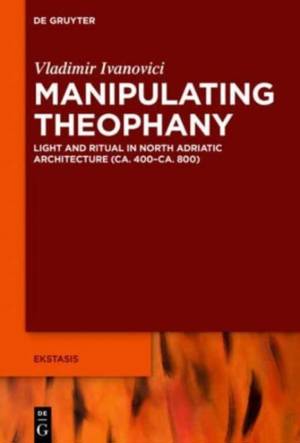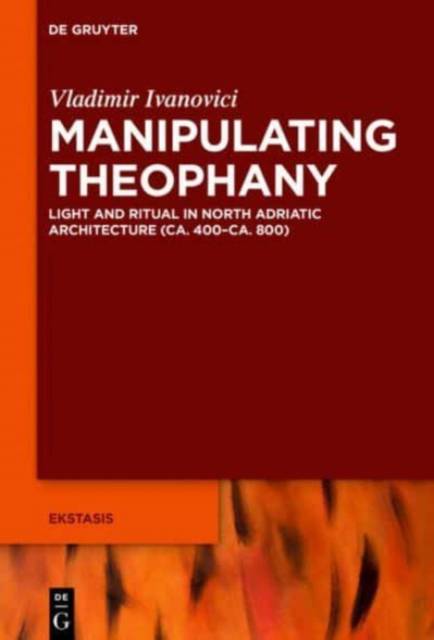
- Afhalen na 1 uur in een winkel met voorraad
- Gratis thuislevering in België vanaf € 30
- Ruim aanbod met 7 miljoen producten
- Afhalen na 1 uur in een winkel met voorraad
- Gratis thuislevering in België vanaf € 30
- Ruim aanbod met 7 miljoen producten
Manipulating Theophany
Light and Ritual in North Adriatic Architecture (Ca. 400-Ca. 800)
Vladimir IvanoviciOmschrijving
Using light as fil rouge reuniting theology and ritual with the architecture, decoration, and iconography of cultic spaces, the present study argues that the mise-en-scène of fifth-century baptism and sixth-century episcopal liturgy was meant to reproduce the luminous atmosphere of heaven. Analysing the material culture of the two sacraments against common ritual expectations and Christian theology, we evince the manner
in which the luminous effect was reached through a combination of constructive techniques and perceptual manipulation. One nocturnal and one diurnal, the two ceremonials represented different scenarios, testifying to the capacity of church builders and willingness of Late Antique bishops to stage the ritual experience in order to offer God to the senses.
Specificaties
Betrokkenen
- Auteur(s):
- Uitgeverij:
Inhoud
- Aantal bladzijden:
- 271
- Taal:
- Engels
- Reeks:
- Reeksnummer:
- nr. 6
Eigenschappen
- Productcode (EAN):
- 9783110376326
- Verschijningsdatum:
- 25/07/2016
- Uitvoering:
- Hardcover
- Formaat:
- Genaaid
- Afmetingen:
- 156 mm x 234 mm
- Gewicht:
- 557 g

Alleen bij Standaard Boekhandel
Beoordelingen
We publiceren alleen reviews die voldoen aan de voorwaarden voor reviews. Bekijk onze voorwaarden voor reviews.











